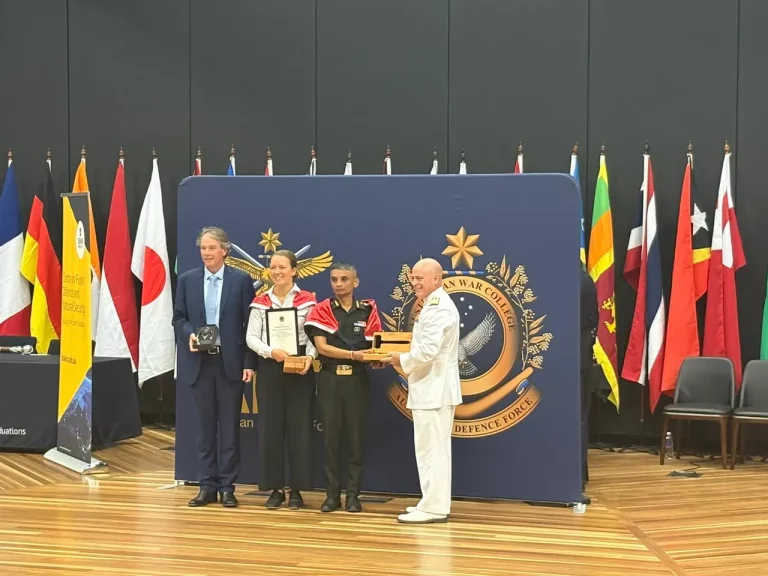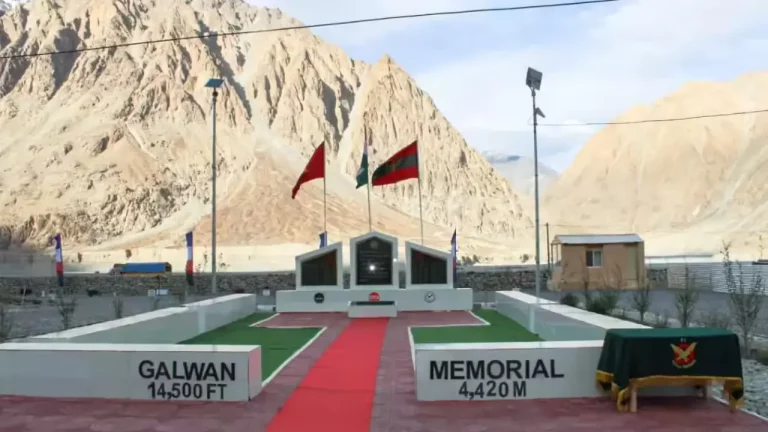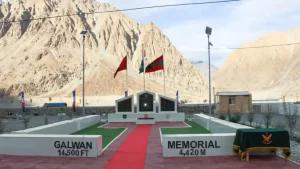In its Worldwide Threat Assessment 2025, the United States Defence Intelligence Agency (DIA) has identified a significant shift in India’s strategic outlook, specifically designating China as its “primary adversary.” This marks a departure from the historical view of Pakistan, which is now seen as an “ancillary” security concern. The change reflects India’s evolving defence posture in response to increasing cross-border tensions and China’s assertive regional influence.
The assessment highlights that Prime Minister Narendra Modi is prioritizing the enhancement of India’s global leadership and military capabilities, placing a strong emphasis on countering China’s assertiveness. This report follows India’s recent military operation, Operation Sindoor, which involved precision strikes in retaliation for a terrorist attack in Pahalgam. Such actions underline New Delhi’s readiness and willingness to engage militarily to safeguard its interests.
In terms of regional security dynamics, the DIA reports that India is actively advancing bilateral defence partnerships throughout the Indian Ocean region. This includes engaging in military exercises, arms sales, joint training operations, and intelligence sharing—strategic efforts aimed at increasing India’s influence and countering the expanding reach of China. At the same time, India’s participation in multilateral organizations such as the Quad, BRICS, ASEAN, and the Shanghai Cooperation Organisation illustrates its intent to position itself as a responsible global actor.
While India maintains a primary focus on the threat posed by China, the report notes that Pakistan is continuing its military modernization efforts, including the development of battlefield nuclear capabilities. The DIA claims that Pakistan is actively seeking weapons of mass destruction-related materials through foreign intermediaries, maintaining a perception of India as an “existential” threat.
On the issue of defence procurement, the assessment points out that India is successfully reducing its dependence on Russian arms. However, it still relies heavily on Russian spare parts to support its fleet of tanks and aircraft, essential for maintaining readiness against both China and Pakistan. Despite changing geopolitical landscapes, the report forecasts that India will likely preserve its defence and economic ties with Russia at least through 2025.
Militarily, the report highlights India’s advancements in 2024, showcasing significant developments, including the successful testing of the nuclear-capable Agni-I Prime and Agni-V missiles, as well as the commissioning of a second nuclear-powered submarine. This progress marks a notable strengthening of India’s nuclear triad capabilities.
Despite a disengagement agreement reached between India and China in October 2024 regarding the Depsang and Demchok areas, the DIA acknowledges that these measures have not fully resolved the underlying border disputes. Instead, they have contributed to a temporary de-escalation of tensions in the region since the deadly Galwan clash in 2020.















